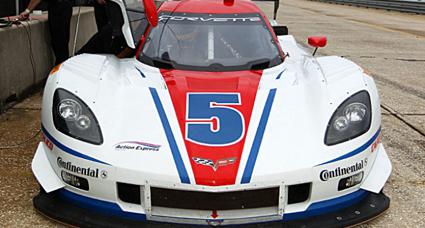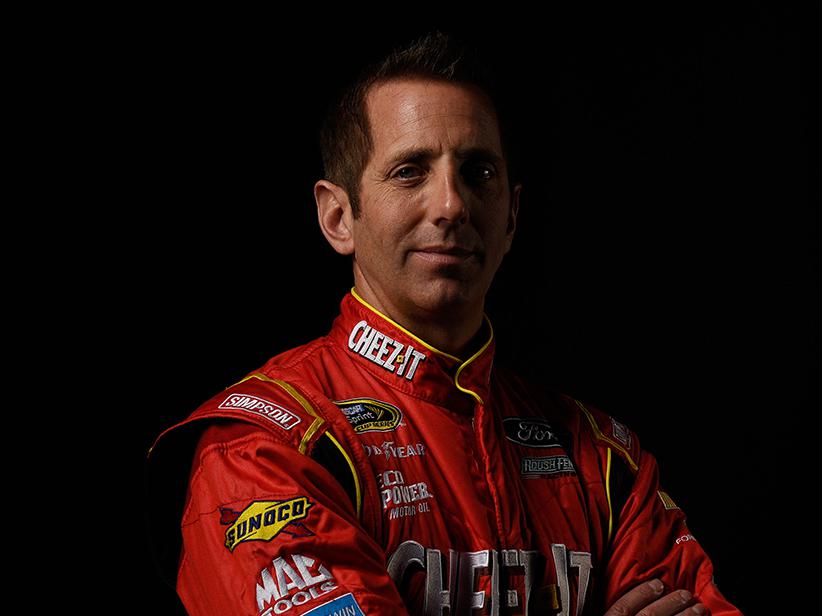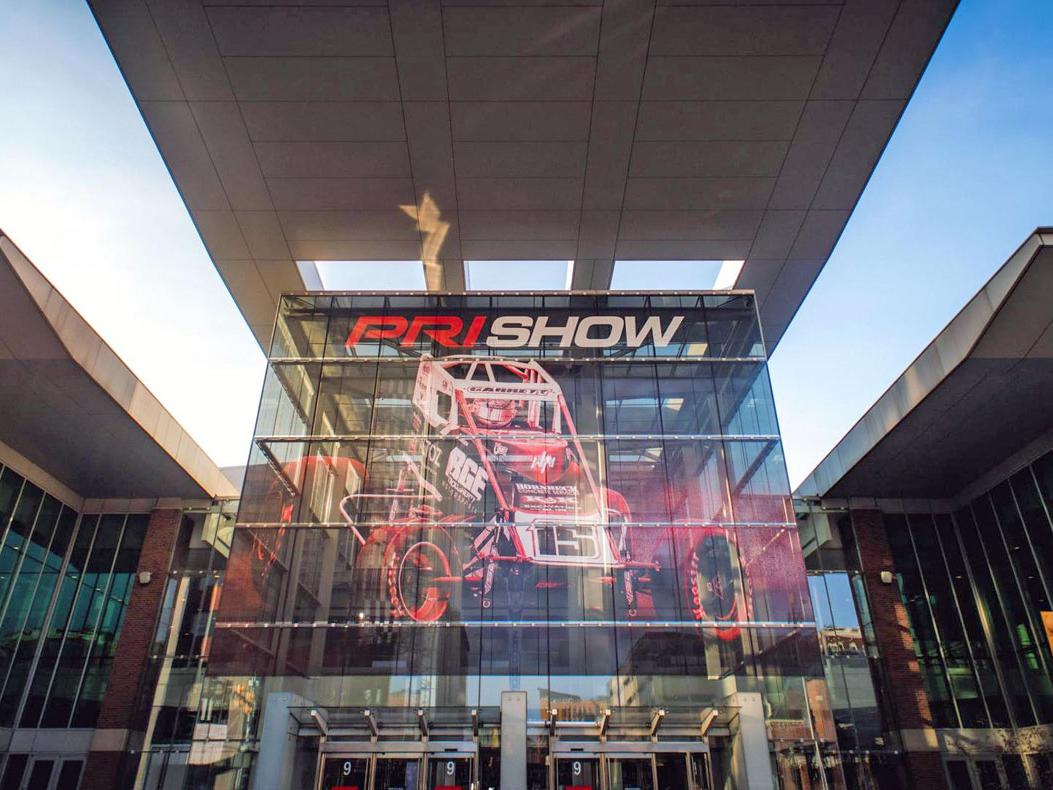GM Considering Prototype Future After 2016
Image

General Motors has invested heavily in its Corvette Daytona Prototype platform since the car made its debut in 2012, but it's unclear whether GM will maintain its presence in the TUDOR United SportsCar Championship's Prototype category when DPs are phased out at the end of 2016.
GM's Corvette DP, which earned the final Grand-Am Rolex Series DP championship in 2013 and currently leads the TUDOR Championship Prototype standings, has become synonymous with the DP formula. Yet with tubeframe DPs set to be replaced by carbon-fiber P2 coupes in 2017, GM Racing is facing a decision whether to make a new investment in Prototype for 2017, or shift its road racing focus entirely towards GT racing.
"We're curious as to where it's all going to go, and it's still fairly unclear where things are headed," GM Racing Director Mark Kent told RACER. "We'll have representatives at the upcoming [2017] meeting in Paris to see what's happening."
Other than acknowledging the 2017 P2 will be a closed-top car, few decisions have been made by the ACO, FIA and IMSA regarding its next-generation chassis and engine regulations.
For a manufacturer heavily invested in DP—one where custom bodies like the Corvette silhouette are featured—Kent says similar DP-style branding and road-relevant engines need to be included in the new formula.
"I think the beauty of the Corvette Daytona Prototype is there's relevance in not only how it looks, but also the powertrain," he added. "There is a V8 Corvette, which the Corvette DP is modeled after, and that link works quite well for us. The question we have is what the future holds.
"Will it be a car that is aesthetically production relevant, or will it have a production relevant powertrain, and offer us an avenue to explore something different there if we choose? Until we understand what the new car is going to offer, we really don't know what our participation will be right now."
The ability to use custom bodywork for the 2017 P2 car would seem to be a requirement for GM Racing to continue its Prototype program.
"Having a car that does not allow us enough production relevance with the bodywork would be a drawback," said Kent. "When you look at the current Corvette DP, it's got a Corvette shape, a Corvette greenhouse, it's got Corvette fenders and taillights. If the new car has a roofline that doesn't look like anything we produce, or doesn't allow us to make the front and back look like a production car, that is a step back from where we are today and could potentially diminish our interest in participating in that class."
There's no rush for Kent to decide on GM Racing's future in Prototypes, but he does expect to have a clearer indication sometime soon.
"We're going to have to wait to see what comes out of this next meeting—what the vision is—and if it makes sense to unify or if it makes sense to look at another alternative," he confirmed.
GM's Corvette DP, which earned the final Grand-Am Rolex Series DP championship in 2013 and currently leads the TUDOR Championship Prototype standings, has become synonymous with the DP formula. Yet with tubeframe DPs set to be replaced by carbon-fiber P2 coupes in 2017, GM Racing is facing a decision whether to make a new investment in Prototype for 2017, or shift its road racing focus entirely towards GT racing.
"We're curious as to where it's all going to go, and it's still fairly unclear where things are headed," GM Racing Director Mark Kent told RACER. "We'll have representatives at the upcoming [2017] meeting in Paris to see what's happening."
Other than acknowledging the 2017 P2 will be a closed-top car, few decisions have been made by the ACO, FIA and IMSA regarding its next-generation chassis and engine regulations.
For a manufacturer heavily invested in DP—one where custom bodies like the Corvette silhouette are featured—Kent says similar DP-style branding and road-relevant engines need to be included in the new formula.
"I think the beauty of the Corvette Daytona Prototype is there's relevance in not only how it looks, but also the powertrain," he added. "There is a V8 Corvette, which the Corvette DP is modeled after, and that link works quite well for us. The question we have is what the future holds.
"Will it be a car that is aesthetically production relevant, or will it have a production relevant powertrain, and offer us an avenue to explore something different there if we choose? Until we understand what the new car is going to offer, we really don't know what our participation will be right now."
The ability to use custom bodywork for the 2017 P2 car would seem to be a requirement for GM Racing to continue its Prototype program.
"Having a car that does not allow us enough production relevance with the bodywork would be a drawback," said Kent. "When you look at the current Corvette DP, it's got a Corvette shape, a Corvette greenhouse, it's got Corvette fenders and taillights. If the new car has a roofline that doesn't look like anything we produce, or doesn't allow us to make the front and back look like a production car, that is a step back from where we are today and could potentially diminish our interest in participating in that class."
There's no rush for Kent to decide on GM Racing's future in Prototypes, but he does expect to have a clearer indication sometime soon.
"We're going to have to wait to see what comes out of this next meeting—what the vision is—and if it makes sense to unify or if it makes sense to look at another alternative," he confirmed.
 MEMBERSHIP LOGIN
MEMBERSHIP LOGIN JOIN PRI
JOIN PRI


